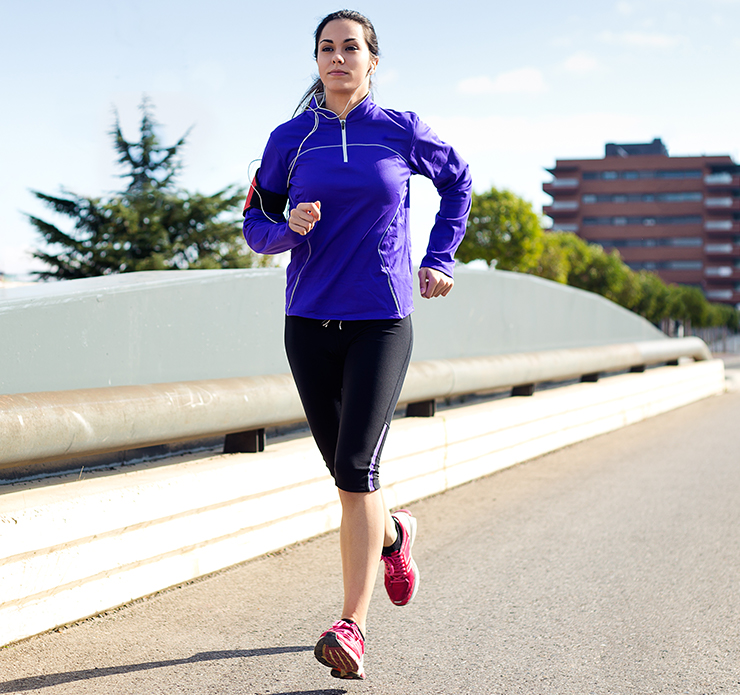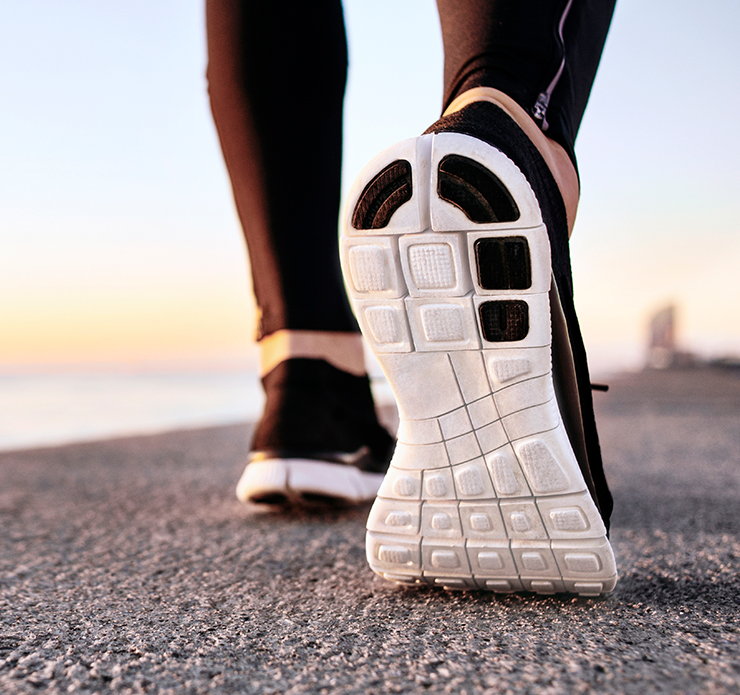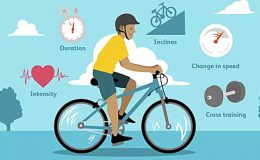Perfect Running Shoes for Every Runner

Finding the right kind of shoe for your running routine can be difficult, especially if comfort is a top priority. Your feet form the foundation of your bodies and you shouldn’t compromise getting good shoes. Selecting the proper road running shoe for your foot shape, running style, and exercise requirements is critical for avoiding injuries and enhancing your performance. Here’s a guide that will help you select the correct running shoe.
Identify your foot type: The wet test for feet is a simple way to determine your foot type by observing your footprint shape on a wet surface. Wet your foot, step on a piece of paper, and observe the shape of your footprint. Through the shape, determine if you have flat feet, neutral feet, or high arches.
Think about your jogging form: Your running technique will also impact your required footwear. For instance, if you hit your heels frequently, your shoes may need more padding.
Analyze your exercise requirements: Long-distance runners require sneakers with more support and cushioning to avoid exhaustion and injury. If you sprint, you should wear lightweight sneakers with excellent traction.

When it comes to choosing the right running shoe type, these five elements need to be considered while purchasing:
Cushioning: Regular runners will already have well-built muscles that absorb shocks during runs. But a novice runner will require cushion shoes to absorb those shocks and avoid injury.
stability: This is especially crucial for those whose feet slide excessively inward or outward during action due to overpronation or under pronation. Foot balance can be improved, and injury risk decreased by wearing shoes with excellent support features like a solid midsole or a structured heel cup.
Breathability: Avoid shoes that retain dampness under certain conditions, such as sweat and water seeping inside the shoe. It can increase the risk of blisters, fungus infections, and other foot issues.
Arch shape: The arch shape is essential in shoes because it provides support and stability to the foot, helps distribute weight evenly, and can prevent foot and ankle injuries.
Construction quality: The fabrics and methods used to assemble the shoe’s components have a significant impact on the shoe’s performance, comfort, durability, and support.
To increase the lifespan and keep your athletic running shoes in excellent shape, it’s essential to maintain them. You can do this by following the steps given below.
- Changing shoes is essential to prevent foot and ankle injuries, avoid excessive wear and tear, provide variety in foot cushioning, and maintain good foot health.
- They should be cleaned frequently. To clean the shoes’ exterior, use a soft brush or towel. Avoid using abrasive cleaners or strong chemicals that might harm the fabrics.
- Avoid using a drier or an oven to speed up the process. Instead, let them gently dry in a well-ventilated space.
- When not in use, keep your shoes in a cold, dry location out of the weather. A humid environment should not be used to store them as this can encourage mold development and germs.
In the end, finding the right running shoe type involves some trial and error. But investing time will benefit you in the long run and ensure good foot health. With your new athletic running shoes, participate in exciting virtual running events hosted by HDOR. Get your shoes ready and brace yourself for great running experiences!







